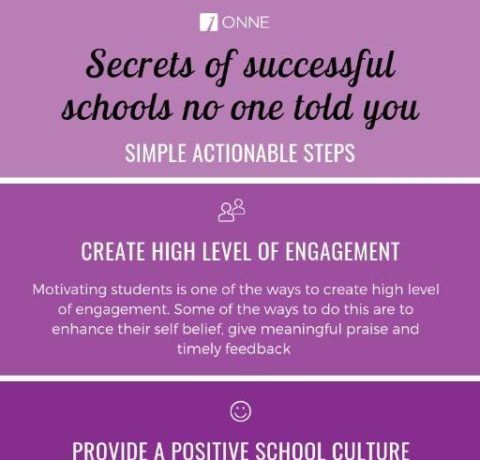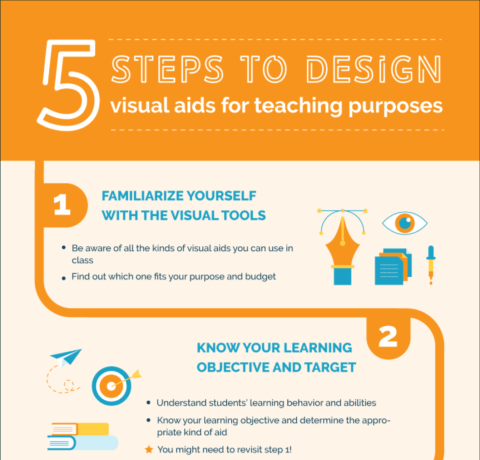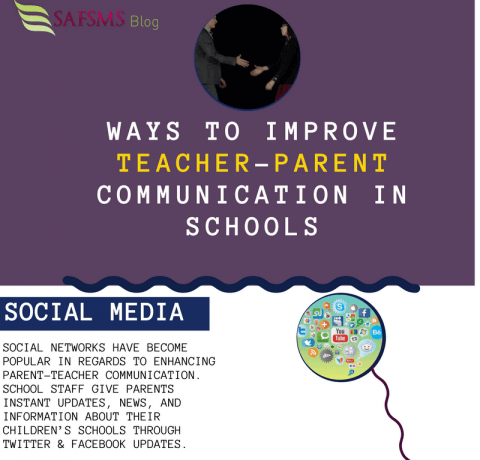The 12 Rules Of Effective Instructional Technology Coaching Infographic
Instructional Technology Coaching (ITC) is a prevalent method of deploying on-going professional development for teachers, with a specific focus on the integration of technology into both the curriculum, as well as the method of instruction.
These courses generate no small amount of eye-rolling from teachers, who typically bemoan its top-down style where trainers train trainers. Naturally, as an ITC coach, teachers will expect you to have fresh and different ideas on instruction. Here are some tips to help you keep coaching relevant, interesting and even fun.
1. Ensure The Basics
Develop an entry-level edtech introductory course to ensure a formal and consistent level of technological understanding across the staff. You may even find this is one of your most popular courses.
2. It’s Not About Technology
ISTE calls it “thoughtful pedagogy”, and is an essential, some would say a foundational, concept for IT coaches. There will be many, many lessons and teaching methods that work well in your school. Implementing technology for technology’s sake will not only be unpopular with teachers but quite possibly pedagogically damaging.
3. Expect Resistance
As a person passionate about education technology, you may be surprised by how resistant many teachers can be to the change. Start slow and focus on the enthusiasts among the staff complement, and work from there — perhaps by presenting your successes at staff meetings and other workshops to entice further interest.
4. Mix It Up
Try using different formats such as workshops, individual coaching, just in time, drop-in hours, presentations during staff meetings/department meetings, or developing a video library or channel.
5. Stay Up To Date
Many of the teachers will expect you to be bang up-to-date with all emerging edtech trends. Perhaps consider sending out a monthly emerging edtech newsletter to keep teachers engaged in what your role is.
6. Encourage Collaboration
Teacher-centred professional development is a hot topic, as many teachers grow weary of the same PD workshop circuit. Build platforms where teachers can collaborate and share experiences, questions, and ideas.
7. Ensure Your Own PD
Keep learning and reaching out to other coaches in your area; focus on the fact that ITC is a growing area, and that continuous learning is as much a part of your job, as it is the teachers you coach.
8. Focus On The Teaching, Not The Teachers
Many PD programs make the mistake of trying to develop teachers, rather than develop and improve teaching. Make sure that all your programs are focused on the ultimate goal: improving students’ learning outcomes.
9. Align With The School’s Mission
You may find that some school administrators consider your role to be “plug-and-play”, a sort of one-stop, all-encompassing technology enabler. Making sure that you are part of the development and communication of the school’s mission and beliefs, also ensures that technology is integrated into the teaching culture, rather than an add-on.
10. Get Granular
You may be surprised by what you can learn from one lesson. In Japan they have a teacher development model called “Lesson Study”; a deep inquiry into one particular lesson, by a study group of a few teachers. Practice-based professional development is quite rare in the US, however, there is a tranche of evidence to show that researching certain lessons, as a teacher group, studying its impact and refining it based on the group’s observations is a powerful way to not only improve the lesson but indeed the teacher.
11. Create Attractive Courses
Use a high-quality LMS to develop a library of attractive courses your teachers can take in their own time. Think of interesting titles such as Digital Citizenship for Today, Using Social Media to Teach or Mastering Emerging EdTech. And don’t be afraid to use the same LMS teachers regularly use for teaching.
12. Try Co-Teaching
Far from being resistant to having you in the classroom, you may find many teachers will welcome you to co-teach a class that is newly integrated with technology. This is not only a great way to observe how your students (the teachers) are handling the technology, but will also help you to understand the day-to-challenges they face.
Finally,
Being an Instructional Technology Coach is deeply rewarding, especially when you consider that the systems you are putting in place in the school, will hopefully inspire and support a new generation of teaching that no longer distinguishes itself from technology as being “blended” or “integrated”, but where technology is an accepted and anticipated part of the entire learning and teaching system.







You can adjust your cookie preferences here.